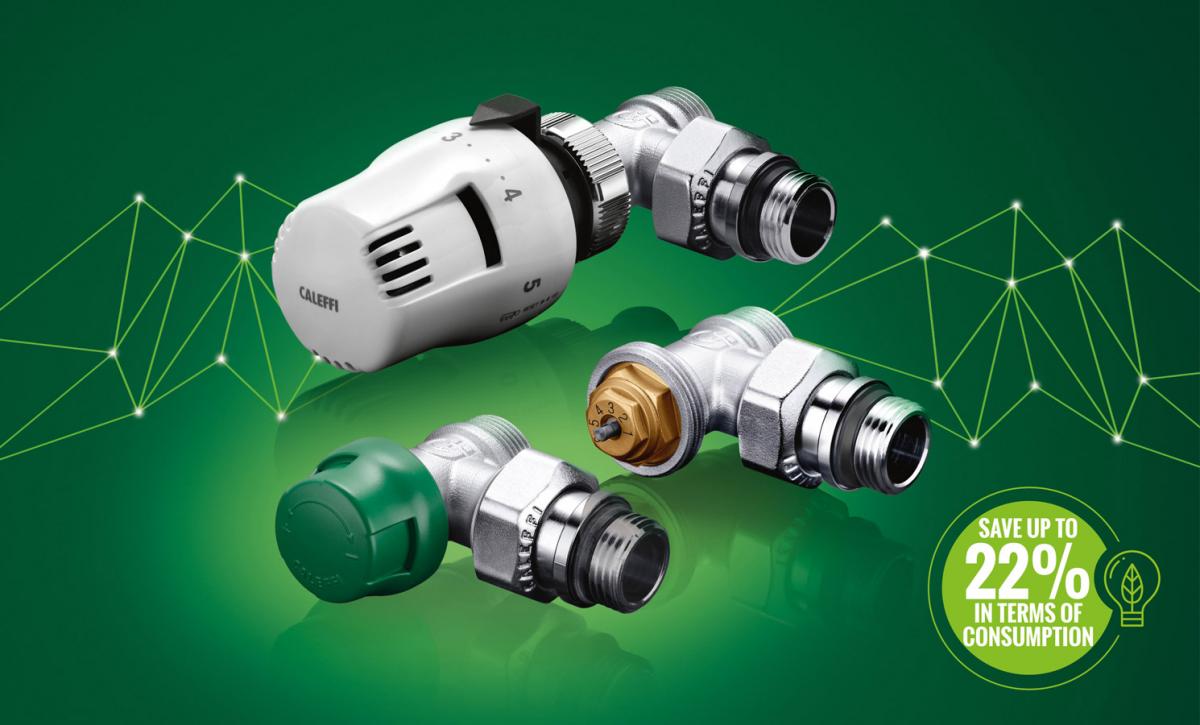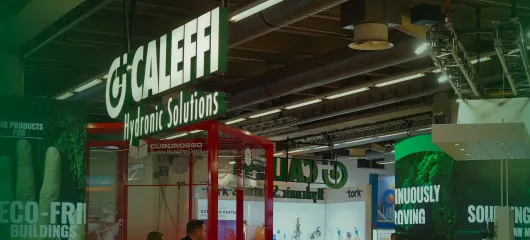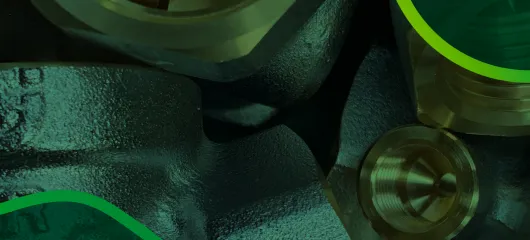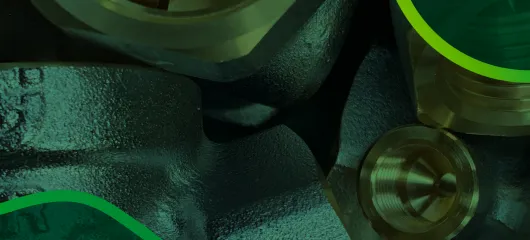Reducing costs and emissions with DYNAMICAL®
For us, being sustainable means safeguarding the environment without compromising on wellbeing.
We strive to offer high-performance solutions which meet the requirements of market developments, standards and environmental considerations.
WHY COMBINE DYNAMICAL® AND 200 SERIES CONTROL?
Combining the 230 series DYNAMICAL® thermostatic valve with the 200 series thermostatic valve achieves excellent energy efficiency, thanks to improved radiator management.
Their application guarantees a real reduction in the consumption of primary energy: the automatic and dynamic adjustment of the water flows circulating through the heating bodies reduces running costs and increases the efficiency of the entire system.
Another advantage is the elimination of the timescales and costs involved in proper system balancing, which is usually carried out by a system technician.
Whether we are talking about new systems or retrofits, European standards, including EPBD (Energy Performance of Buildings Directive) and Ecodesign, state that the balancing of hydraulic heating and domestic water systems is key to reducing heat consumption, and consequently to reducing emissions.

In short, the pairing of DYNAMICAL® and the 200 series control offers installers, designers and end customers benefits which would be unimaginable if traditional valves were applied.
LET’S EXAMINE THERMOSTATIC DYNAMICAL® + 200 SERIES OPERATION
The combination of three components (thermostatic radiator valve, pre-adjustment valve and differential pressure control valve) allows optimal control of the power emitted by the heating body. This is further optimised by the ability of the valve to limit energy wastage and to prevent noise problems in variable flow rate systems. The special construction of its headwork means the body, similarly to traditional thermostatic valves, remains compact in both straight and angled versions.
DOWNLOAD THE CALEFFI DYNAMICAL® SALES SHEET
HOW DOES DYNAMICAL® WORK?
The differential pressure regulating valve, constructed inside the actual headwork, maintains the ΔP in which both the preset element and the flow s regulator element operate at a constant value; this is made possible by the pressure test ports located on the internal element itself, which allow the diaphragm to optimally adjust the position of the obturator in accordance with continuously changing operating conditions.
By maintaining a constant ΔP, the internal preset device is able to limit the maximum flow rate that crosses it at six different pre-calibrated values, so as to achieve effective balancing between the various heating bodies in an extremely simple and intuitive manner.













